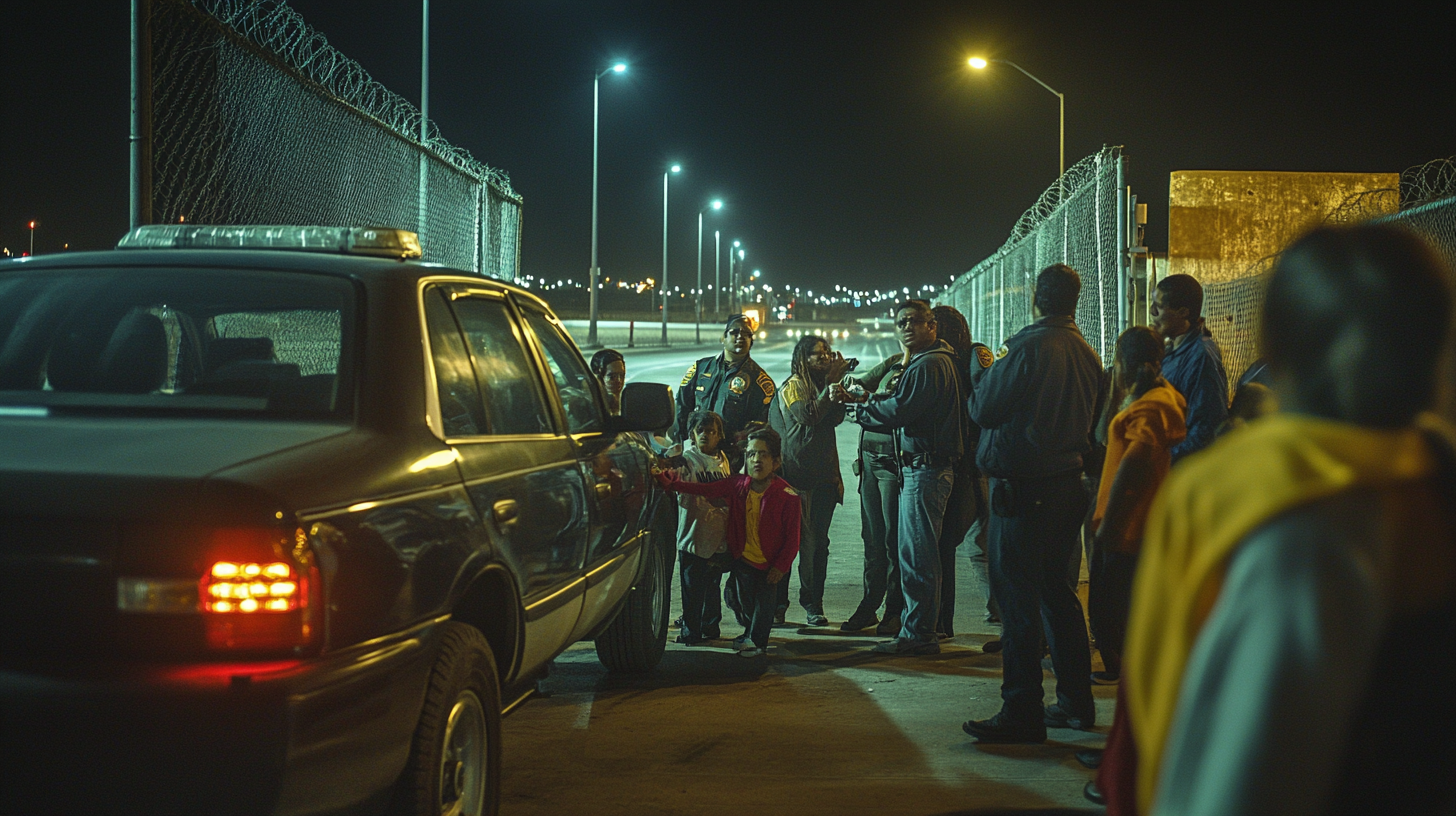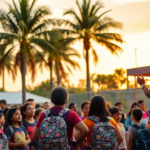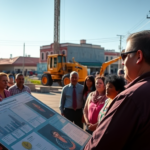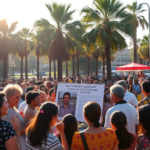**Man Allegedly Kicks CBP Supervisor Three Times at Gateway International Bridge: A Closer Look at Border Tensions**
In a stark reflection of escalating tensions at the U.S.-Mexico border, a man is facing severe charges following an altercation at the Gateway International Bridge in Brownsville, Texas. On February 23, during a routine inspection, Julio Cesar Pena allegedly assaulted a Customs and Border Protection (CBP) supervisor by kicking him in the face three times. This episode underscores the complex and sometimes volatile environment at border ports of entry, amid broader security and policy concerns affecting the Rio Grande Valley (RGV) and South Texas.
**Incident Overview**
The incident unfolded after CBP officers detected a marijuana odor emanating from a 1998 GMC Yukon attempting to enter from Mexico. Upon further inspection, they discovered one passenger lacked proof of U.S. citizenship. During the ensuing secondary inspection, CBP officers requested the occupants exit the vehicle for a thorough search. This request ignited a confrontation as Pena, reportedly dissatisfied with the officers’ demands, reacted aggressively. In the struggle that followed, Pena purportedly kicked a supervisory officer who intervened, causing significant injuries.
According to the filed affidavit, additional officers were required to subdue Pena, who continued resisting despite being pulled from the vehicle. Medical personnel treated the injured supervisor for facial injuries, including a cut lip, while another officer sustained back and knee injuries during the scuffle.
**Background of Border Challenges**
This altercation comes amidst a backdrop of shifting patterns in border activities and enforcement policies deeply impacting the Rio Grande Valley—a vital gateway for trade and migration. While recent reports indicate a downturn in migrant crossings, authorities emphasize persistent cartel operations in the area. Seizures of narcotics, such as a recent bust involving 29 kilos of pure methamphetamine sold to undercover agents, highlight the trench warfare law enforcement faces against drug trafficking networks.
With Texas leading the country in housing ICE detainees, the state’s role in federal immigration strategies is undeniable. This prominence places additional pressure on border communities contending with not just criminal activities but also humanitarian issues surrounding asylum seekers and deportations, often leading to heated local debates over policy effectiveness and social justice.
**Local Impacts and Community Concerns**
The Brownsville incident specifically raises questions about security protocols at these high-stress checkpoints, impacting Valley residents’ perceptions of safety and trust in border authorities. For residents like Maria Gonzalez, who crosses the border frequently, the prevailing climate breeds anxiety. “Every time I approach the bridge, there’s a sense of unease. We’re caught between safety concerns and humane treatment expectations,” Gonzalez expressed.
Local officials recognize the delicate balance required. In a recent statement, Cameron County Sheriff Eric Garza highlighted the need for both robust security measures and community engagement. “Ensuring our border is secure while respecting civil liberties is challenging but necessary for community trust,” Garza noted.
**Connections to Broader Issues**
The altercation is emblematic of broader, endemic issues at the U.S.-Mexico border. As national policy fluctuates, so do ground-level realities, with enforcement challenges sometimes culminating in violent encounters. This environment is of particular concern as Texas grapples with cartel violence, evident from a recent IED incident across the border in Mexico that claimed a rancher’s life, leading to urgent warnings from Texas officials.
Additionally, the border is not solely defined by conflict. Efforts like the University of Texas Rio Grande Valley-sponsored bus tours that explore the area’s historical landscapes underscore the community’s investment in its cultural heritage. These initiatives provide a counter-narrative to the predominant focus on crime and enforcement, highlighting the Valley’s diverse identity and resilience.
**Looking Forward: Securing the Border and Building Trust**
Going forward, comprehensive strategies that balance enforcement with community engagement will be crucial. Enhanced training for CBP officers in de-escalation tactics and cultural competence could reduce incidents like the one at Gateway International Bridge. Furthermore, ongoing dialogues among local leaders, residents, and federal agencies will help tailor policies that enhance security while fostering trust.
For residents seeking more information or wishing to engage in dialogue about border security and immigration policies, local officials encourage participation in community meetings and forums. The Cameron County Sheriff’s office regularly hosts such events, details of which are available on their official website.
**Conclusion**
The case against Julio Cesar Pena will proceed in federal court, where the implications of such border incidents are likely to shape ongoing discussions on enforcement practices and policy reforms. As Valley residents navigate these evolving dynamics, the collective focus remains on finding a path forward that ensures safety, upholds dignity, and honors the rich cultural tapestry of the Rio Grande Valley.







